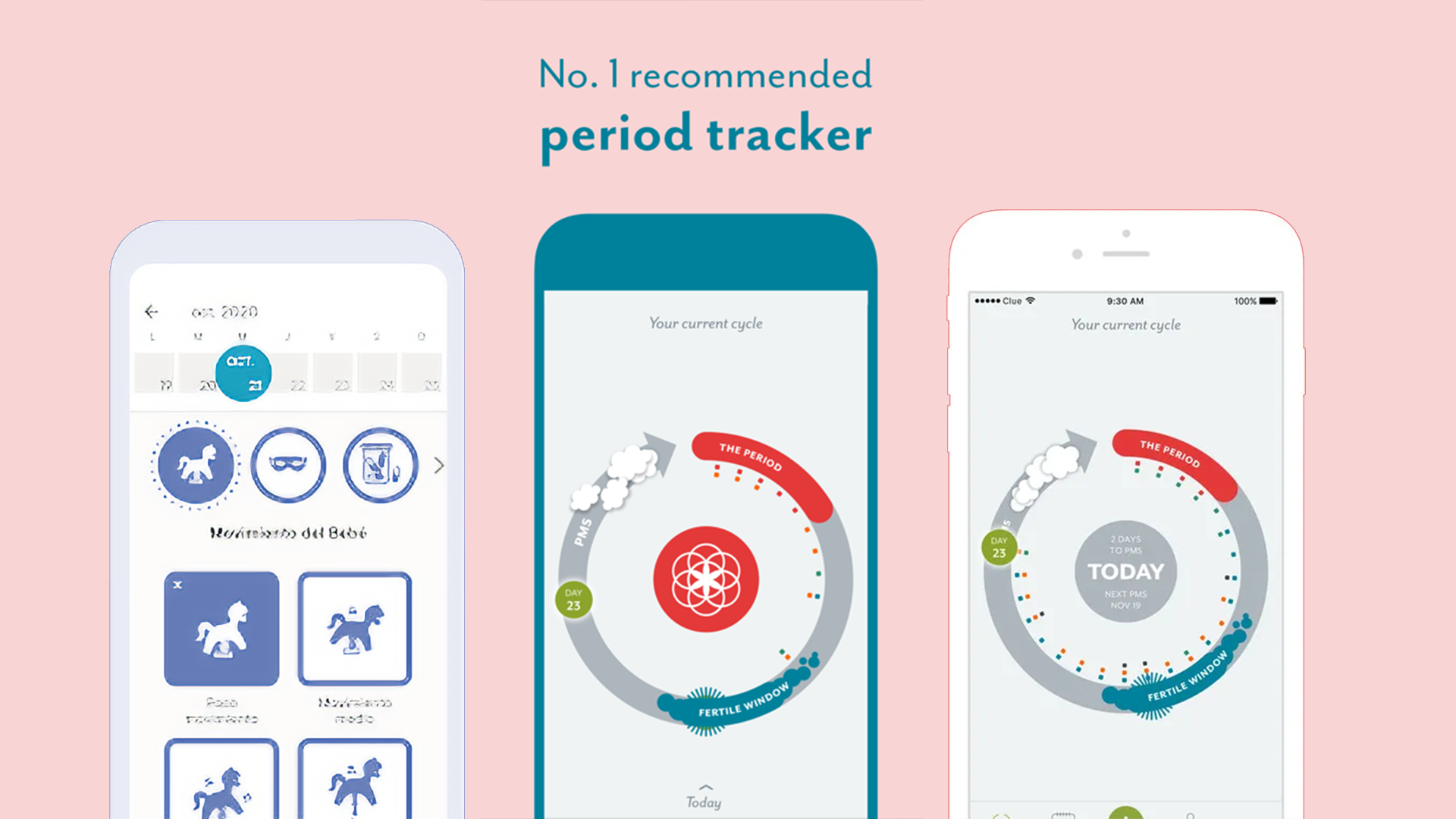Leveraging Google App Campaigns to Drive Paying Subscribers at Efficient Scale

improvement in CPI
increase in install volume
Challenge
Apple Search Ads had historically produced some of our strongest results due to the high intent nature of the platform. In particular, we look back at February 2022, where our cost per free trial on ASA was 26% cheaper than the top line across marketing efforts. Similarly, our cost of acquiring a new customer was 6% better than the top line. Because of this a high proportion of the monthly spend was being allocated to this platform. An account review made it clear that we needed to increase our keyword list in order to cast a wider net and continue growing the conversion volumes through the channel. We had a lot of keywords targeted in the account but a small handful were the drivers of ~86% of spend due to their high search volumes. In turn these keywords were highly competitive and more expensive to target, and because of our reliance on them, we were vulnerable to volatile changes in performance depending on said competition. The goal was to reduce our reliance on these higher volumes, expensive keywords and learn more about the potential effective performance of the mid and lower-volume keywords in the account which were not able to spend to their full potential at present due to high volume, volatile keywords taking the lion’s share of spend. Unlocking this mid-volume, yet relevant and effective search terms would help to reduce overall account volatility.
Considerations
Google App Ads has got a very strong algorithm-centric approach to campaigns, which means that nearly all targeting parameters have been removed and the levers of optimisation control were limited. This causes heavy reliance on the algorithm to do all the heavy lifting and we had to concentrate on improving the creatives and ad copy. Also, the infrequent changes meant that strategic planning before making these changes was vital. Existing campaigns on Google App Ads were 20 times more expensive than the KPI for Android, so there was an extensive amount of work to be done to help improve performance.
Solution
- To achieve the campaign objectives, we set about utilising Google App Campaigns’ levers of control to improve performance at scale. Our end goal was to enable effective optimisation towards the desired subscription event.
- For best use of the algorithm, Google require 10 of these optimised events per day, and due to low volume, we could not achieve this yet. The solution was to start with higher funnel events, beginning optimising to install, ensuring a large install volume and therefore increasing the data points for registration (the next event in the funnel prior to subscription).
- Algorithmic performance signals (a decrease in CPI followed by eventual stabilisation), as well as satisfactory event volume, signalled that we were ready to move our optimisation goal down the funnel to Registration.
- This process continued, ultimately ending up cascading down the funnel as efficiencies improved across each stage until we were able to optimise to Subscription directly.
- We ensured an extreme alignment with Google App best practices throughout.
- The largest lever of control we used was the optimisation of headlines and descriptions. We made the decision to create thematic ad groups which promoted all angles of the app’s functionality and addressed all possible motivations for download, use and subscription.
- We had leveraged data from other channels to inform our decisions on Google App Ads. We started with identifying key themes which had become apparent in our creative analysis of our Facebook campaigns, as well as monitoring top-performing headlines and descriptions. We found that “Discharge” creative themes worked well, with a very high CTR and strong metrics all the way down the funnel.
- We also utilised Google’s keyword planner to crawl the site of possible keywords that the audience would be using to search for period-related products.
- If we saw a common theme within the keywords, we would include it as an ad group. The aim was to get a large spread of keywords across multiple ad groups to ensure we have personalisation for the images and video. We had also encouraged improved performance up the funnel through a “Best performing ad group” containing all the best headlines, descriptions, images and videos. The idea for this was to bring all the best assets together for very strong combinations.
Results
- Across all geos, within Google App Ads, we had seen a 79% improvement in CPI, with a 457% increase in install volume. In total, we had seen over 11x more installs in December 2021 than we had seen in March 2021. We also reported that we achieved more than 20x the number of registrations seen in March.
- We saw the Conversion Rate from Install to Free Trial mostly unchanged yet we almost tripled the number of Free Trials from March to December. The improvement in CPI, and maintenance of a stable Install to Free Trial rate, translated to a larger volume of Free Trials and hence an improved Cost per Free Trial.
- As one of the goals was to ensure that we were not solely reliant on Apple Search Ads, we finished December with Google App Ads accounting for 67% of total installs, 72% of registrations and 39% of free trials from just 22% of the overall media spend, which is a massive difference compared to when the campaigns started in March where we reported that Google App Ads accounted for 23% of installs, 41% of registrations and 24% of free trials from 15% of spend.
- Efficiency also increased within this timeframe with the Free Trial to Subscription Conversion Rate, increasing by 14% from 39% to 53%, as well as more compelling creatives and ad copy causing an improvement in the CTR from 4.17% in March 2021 to 6.73% in December 2021.
- As a result of starting strongly here with our optimisation strategy in the US, we added 6 more regions in new campaigns due to the success. This allowed us to diversify our market reach, enabling further efficient scale.








 Cookies configuration
Cookies configuration